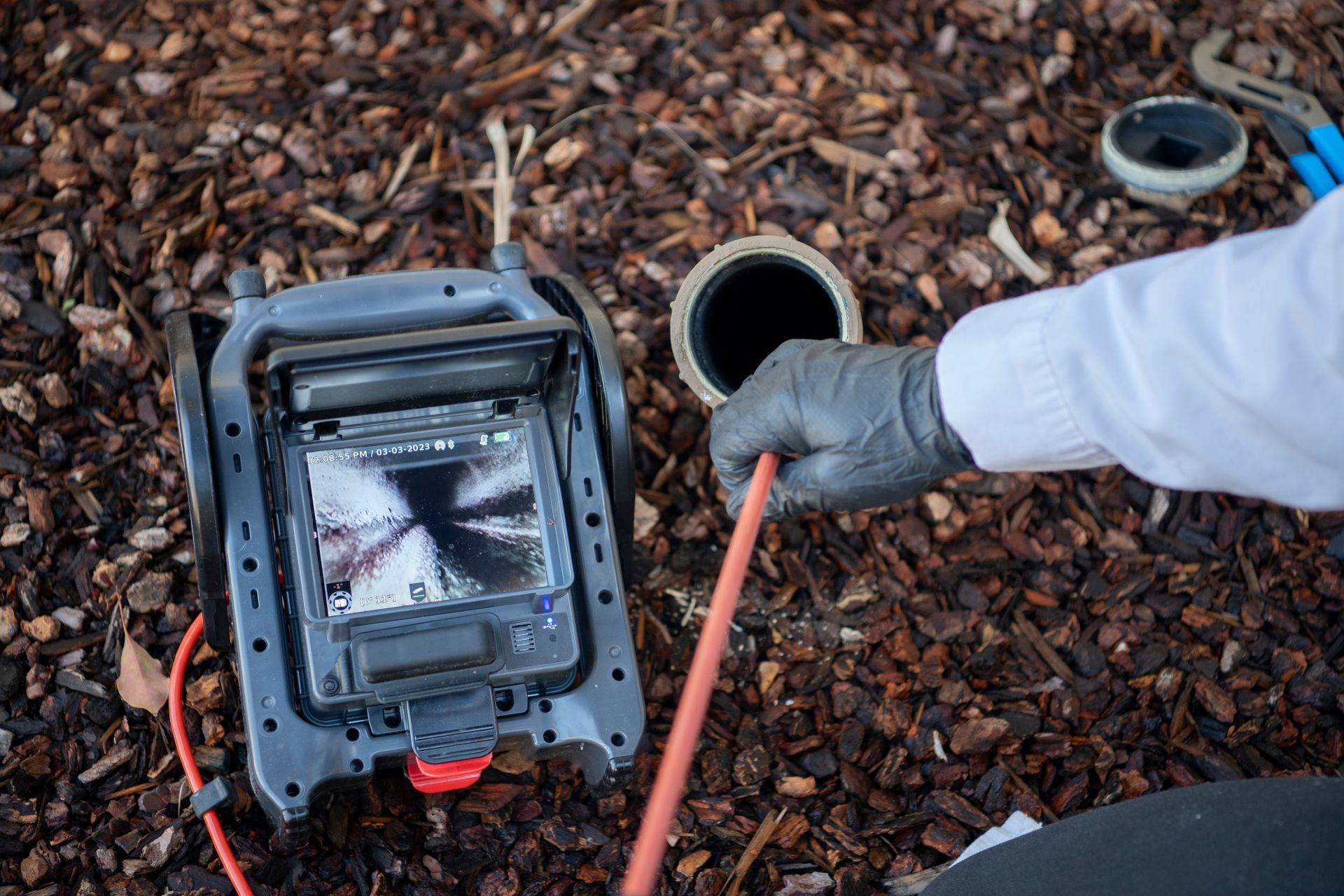Is Roll Roofing Any Good?
When a roof is damaged or nearing the end of its life, the decision on how to repair or replace it can feel overwhelming. For many property owners, budget and urgency are the two biggest factors. If you need something fast, inexpensive, and relatively easy to install, you might have heard about roll roofing.
Roll roofing is not new, it’s been used for decades but it’s not as common as asphalt shingles. That’s because it has a very specific set of uses and limitations. Choosing it for the wrong type of roof or building pitch can lead to premature leaks and expensive repairs. Choosing it for the right project, however, can save time and money.
This guide will explain exactly what roll roofing is, how it works, the right conditions for using it, and what to expect over its lifespan. You’ll also learn when it’s a smart short-term solution and when you might be better off with a different material.
What Is Roll Roofing?
Roll roofing also called mineral-surfaced roll roofing (MSR) — is a roofing material that comes in long sheets rather than small, individual shingles. Each roll is typically 36 inches wide and covers about 100 square feet.
The top layer is coated with mineral granules for weather resistance, while the base layer is usually made from a thin asphalt-impregnated fiberglass mat. It looks and feels similar to asphalt shingles but is lighter, less durable, and more prone to wear over time.
Because of these differences, roll roofing is most commonly used for:
- Detached garages
- Garden sheds
- Barns and workshops
- Storage units
- Other low-slope outbuildings
It is not generally recommended for a home’s main roof due to its appearance, lifespan, and limited design options.
How Roll Roofing Is Installed
Roll roofing’s biggest appeal is its ease of installation. Unlike shingles, which must be laid individually in overlapping rows, roll roofing is installed in large, continuous strips. Here’s how the process usually works:
- Surface Preparation – The roof deck is cleaned, dried, and repaired to create a smooth surface. Any existing nails or debris are removed.
- Underlayment Installation – In some cases, a layer of roofing felt or another underlayment is added to help prevent moisture from seeping through.
- Measuring and Cutting – The roofing rolls are measured and cut to fit each section of the roof.
- Laying the Material – Rolls are unrolled horizontally along the roof, starting from the bottom and moving upward.
- Securing – Depending on the installation method, the material is either nailed down or adhered with roofing cement.
- Sealing the Seams – Overlaps between sheets are sealed with adhesive or roofing tar to prevent water infiltration.
Because each roll covers a large area, this process can be completed quickly. In fact, many homeowners with basic DIY skills install roll roofing themselves — though professional installation can still improve longevity and reduce the risk of leaks.
When Roll Roofing Makes Sense
Roll roofing is not a one-size-fits-all solution. It performs best in certain situations:
- Low-Slope Roofs – Ideally, a slope of 1:12 (one inch of vertical rise per twelve inches of horizontal run).
- Temporary Roof Repairs – A quick fix while saving up for a full roof replacement.
- Outbuildings – Sheds, barns, and similar structures where aesthetics aren’t a top priority.
- Budget Constraints – When low upfront cost is more important than long-term durability.
It is less effective for steep-sloped roofs or any structure where visual appeal and long lifespan are priorities.
Cost Breakdown
One of roll roofing’s main attractions is cost. It is among the most affordable roofing materials available, both in terms of material and installation.
- Material Costs – Usually less than half the cost of asphalt shingles per square foot.
- Labor Costs – Often reduced or eliminated if installed as a DIY project.
- Short-Term Affordability – Great for immediate savings but may lead to more frequent replacements.
However, it’s important to consider long-term cost. Roll roofing often lasts 5–8 years in mild climates, but in hot, humid regions (like much of Florida), it can degrade in as little as 3–5 years. Over time, multiple replacements can end up costing more than a single installation of a more durable material.
Performance in Florida and Other Humid Climates
Florida’s climate presents unique challenges for all roofing materials but especially for roll roofing. Constant exposure to UV rays, intense heat, heavy rainfall, and humidity can accelerate wear and tear. Homeowners should also understand the Importance of Roof Inspections Before Storm Season, as identifying issues early can help prevent costly storm-related damage.
Common climate-related issues include:
- UV Breakdown – Sunlight can dry out and crack the surface.
- Expansion and Contraction – Heat causes the material to expand, and nighttime cooling causes it to contract, leading to splits.
- Water Infiltration – Humidity and frequent rain make proper sealing essential.
Because of these factors, roll roofing in Florida should be considered a short-term or emergency solution, not a permanent one for inhabited spaces.
Maintenance Tips for Roll Roofing
With proper maintenance, you can extend the lifespan of roll roofing and get the most value from it. Key steps include:
- Inspect Twice a Year – Check for cracks, blisters, or loose seams, especially after storms.
- Remove Debris Promptly – Clear leaves, branches, and dirt to prevent water pooling.
- Reseal Seams – If overlaps or edges begin to lift, apply fresh roofing cement.
- Avoid Excess Foot Traffic – Walking on roll roofing can cause dents or weaken the material.
- Repair Small Issues Quickly – A small tear can become a leak if not addressed right away.
Why Professional Inspections Are Still Important
Even though roll roofing is straightforward to install, getting a professional roof inspection before installation is a wise move. A certified inspector can:
- Confirm your roof pitch and structure are suitable.
- Check for existing water damage that could worsen under new roofing.
- Recommend the best installation method for your climate.
- Provide an accurate estimate of how long the material will last on your specific structure.
This is especially important in areas with frequent storms or extreme weather, where a poor installation could lead to expensive damage.
Final Takeaway
Roll roofing can be an excellent option in the right situation, particularly for outbuildings, temporary repairs, or low-slope roofs when budget is the main concern. However, it’s not a long-term substitute for more durable roofing materials on primary living spaces.
Before deciding, weigh the short-term savings against the long-term costs and consider having a professional inspection to ensure your investment is worthwhile.
For expert advice and a professional roof inspection, trust Guardian Angel Inspections to help you make the right decision and protect your investment. Contact us today to protect your investment
FAQs About Roll Roofing
How long does roll roofing last?
Typically 3–8 years, depending on climate, installation quality, and maintenance. In hot, humid climates, expect a shorter lifespan.
Can I install roll roofing myself?
Yes. Roll roofing is DIY-friendly, but professional installation may provide better sealing and longer performance.
Is roll roofing good for Florida weather?
It can work temporarily, but the heat, humidity, and storms in Florida reduce its lifespan compared to milder climates.
What is the ideal slope for roll roofing?
A low slope of 1:12 is ideal. Steeper slopes can lead to water runoff issues and premature wear.
How much does roll roofing cost compared to shingles?
It’s significantly cheaper up front — often less than half the price of shingles — but may require more frequent replacement.
Disclaimer: The information on this website and blog is for general informational purposes only and is not professional advice. We make no guarantees of accuracy or completeness. We disclaim all liability for errors, omissions, or reliance on this content. Always consult a qualified professional for specific guidance.
Share this entry







